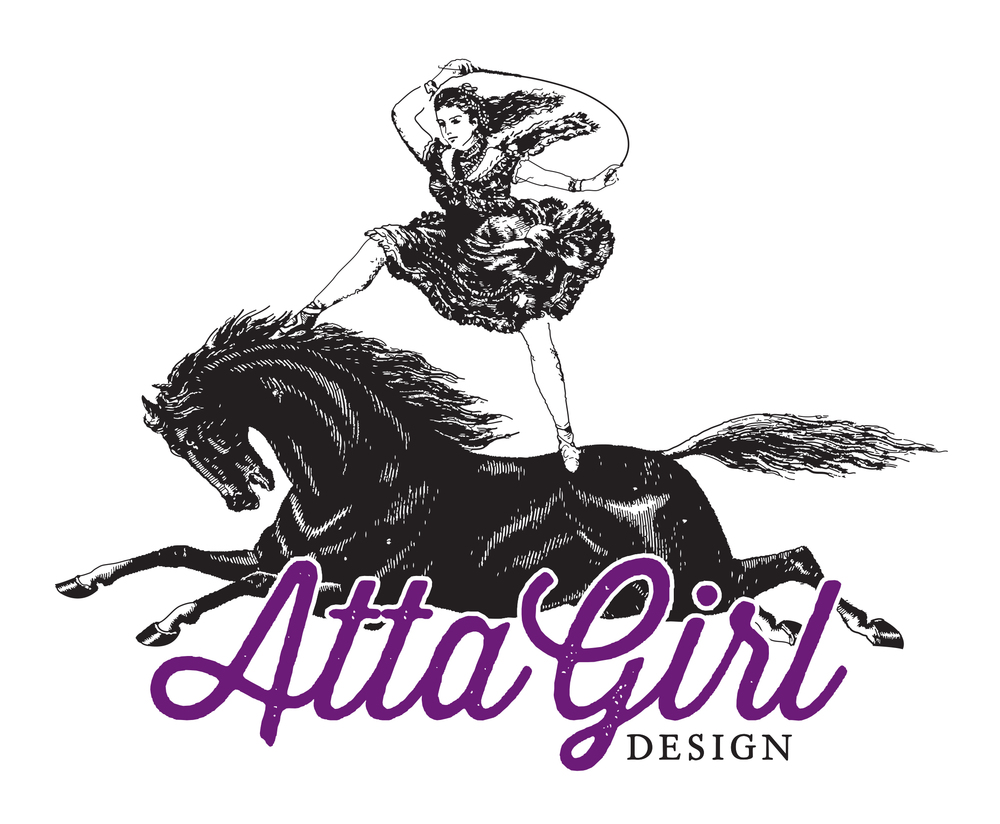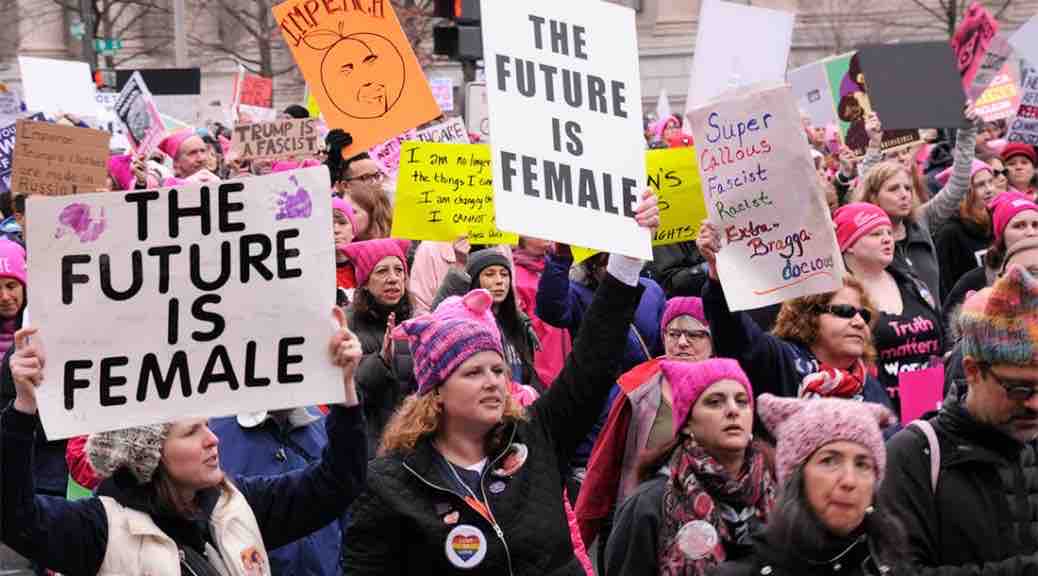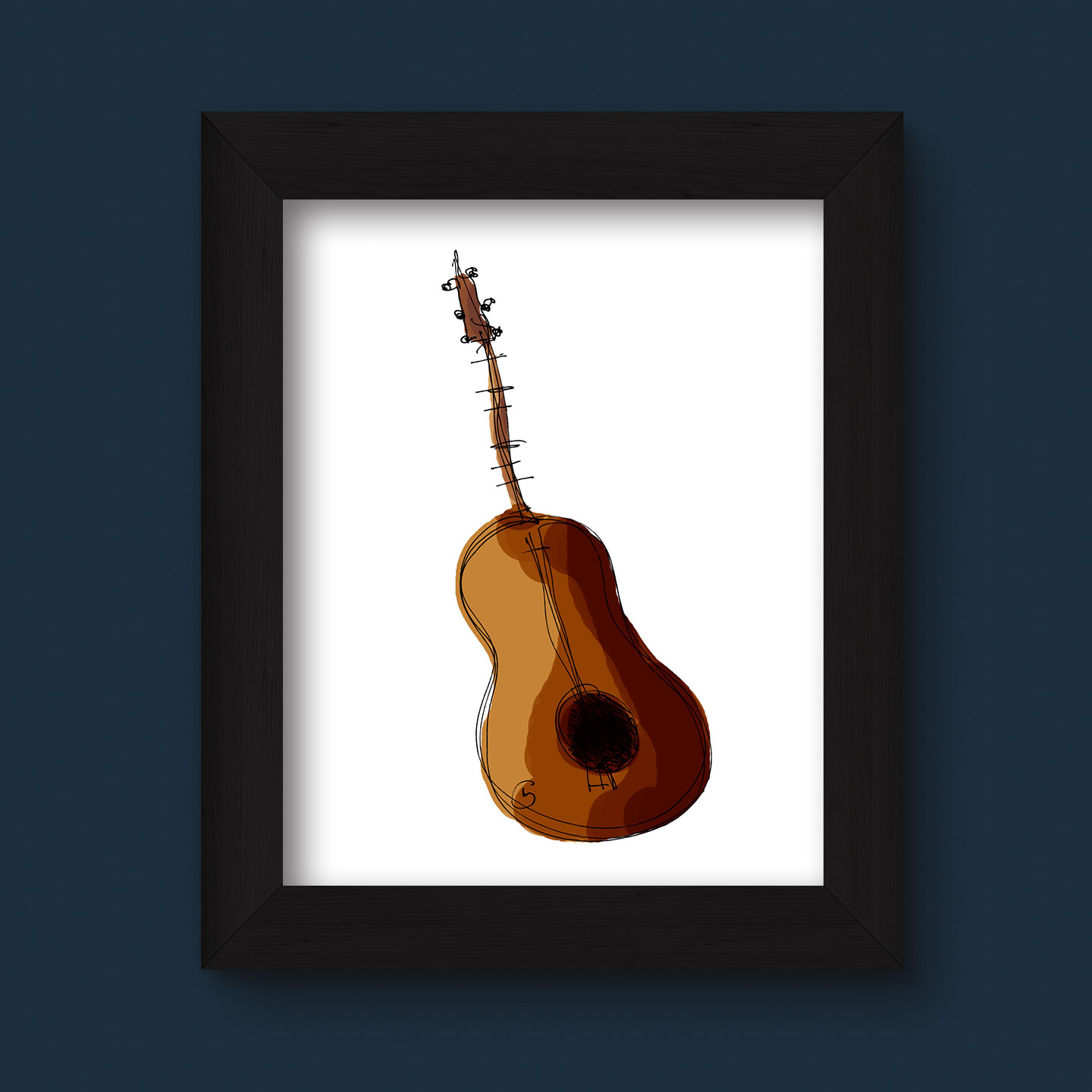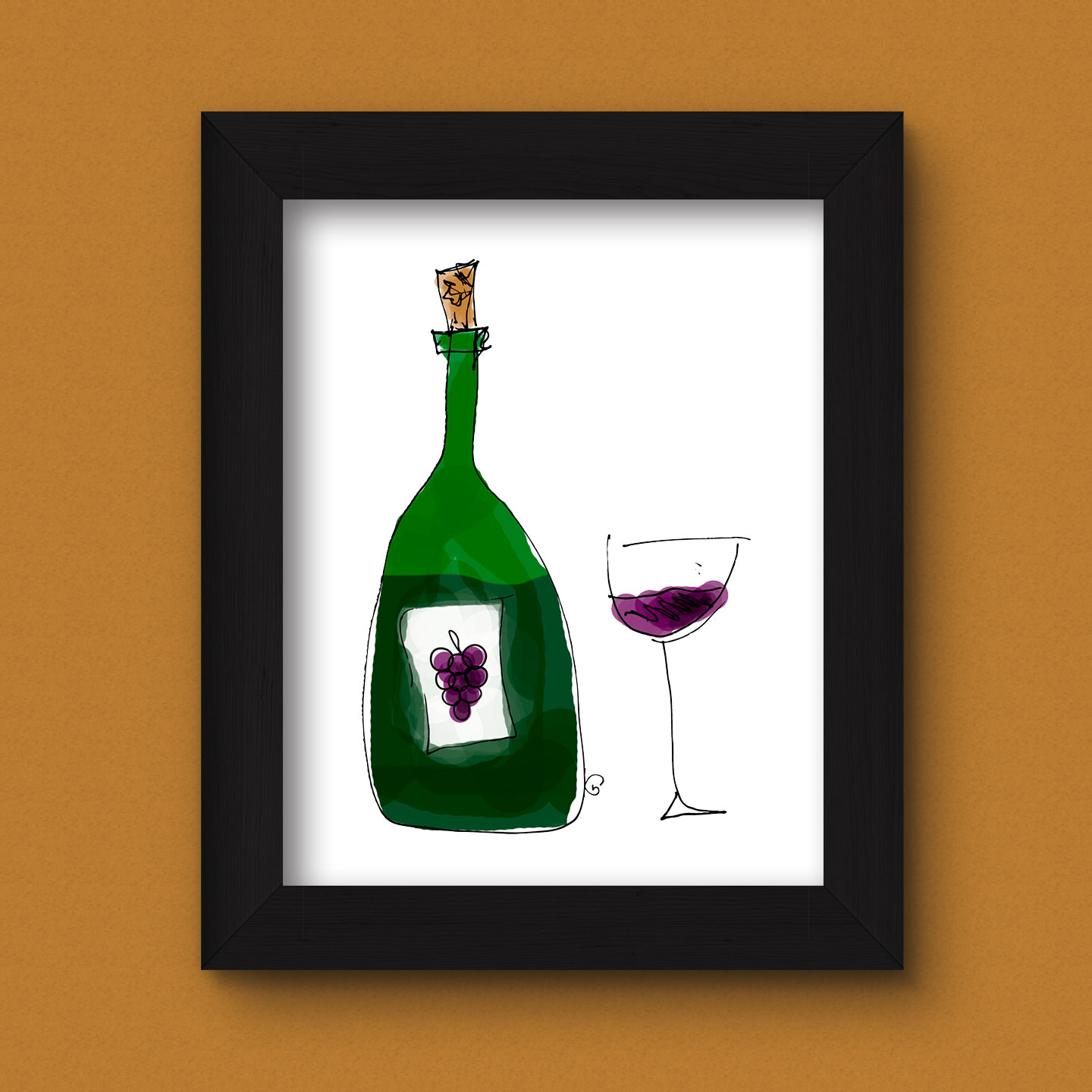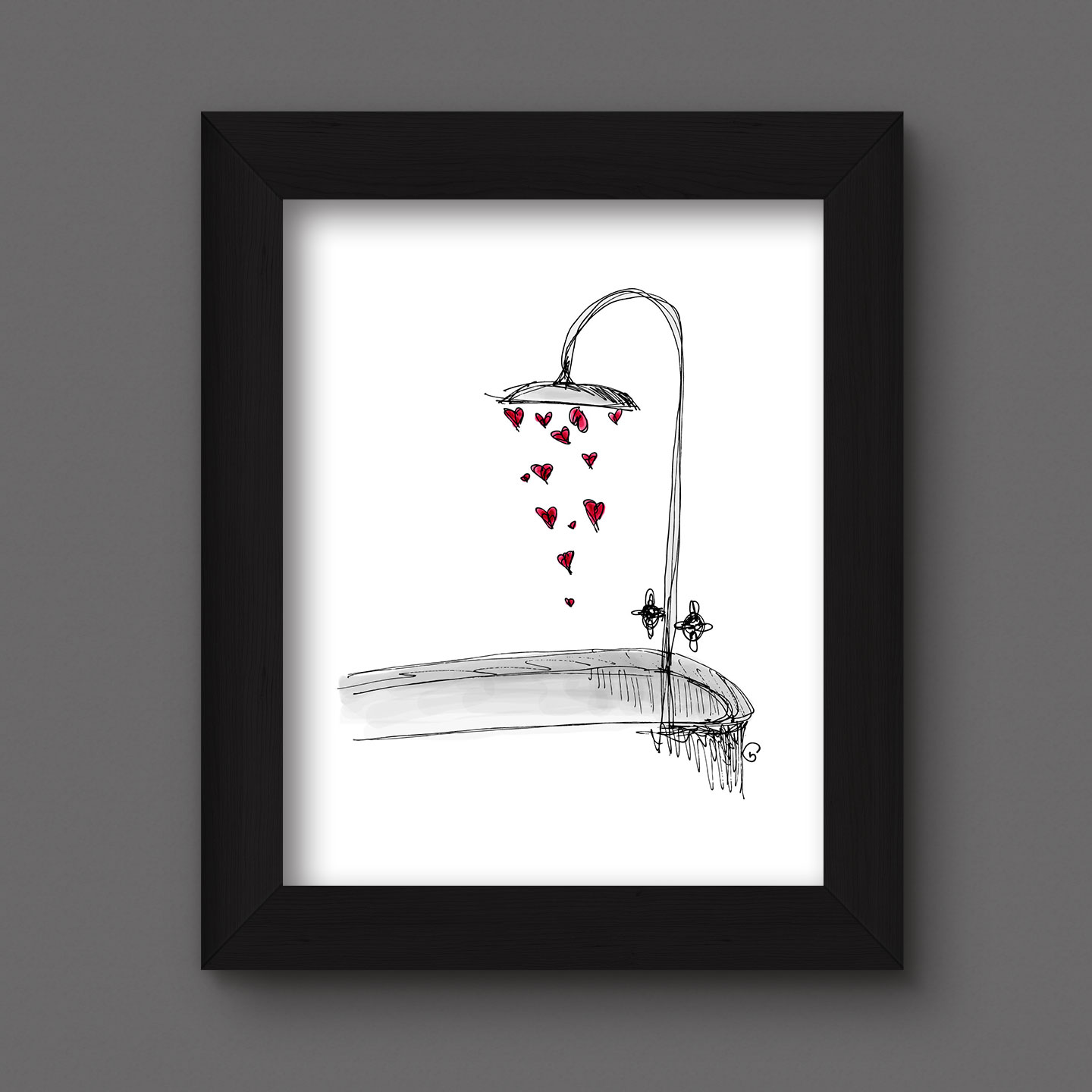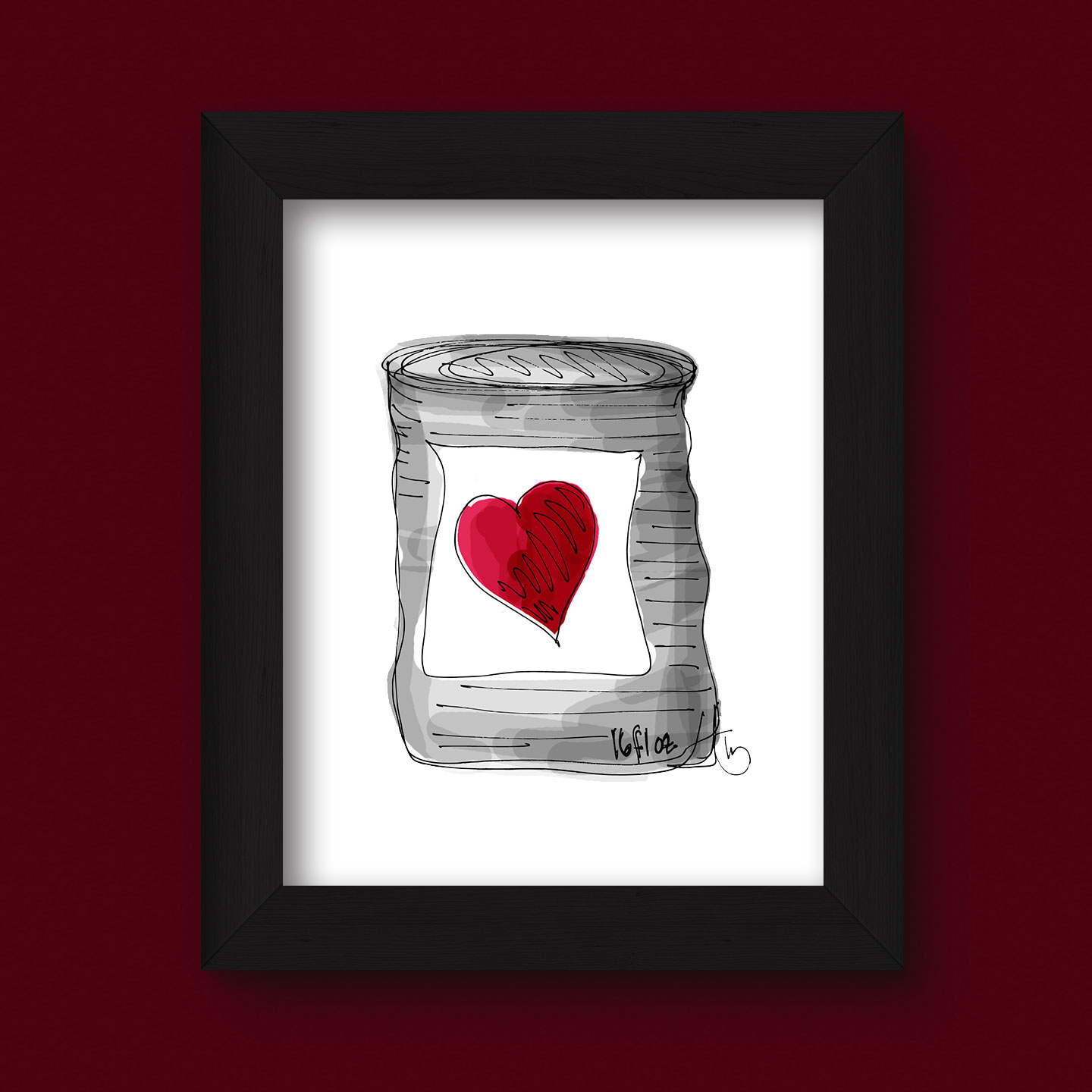BRIEF ANAYLSIS
WHAT IS A BRIEF?
A brief — often called project brief, or creative brief — by its simplest definition is a written description of a project that required some form of visual design. In depth explorations of the various ways in which briefs can be designed and developed reveal a myriad of inputs that serve as a road map and guide for a designers, clients, stakeholders, etc. to follow and revisit throughout any design project.
FORMAT & LENGTH
The format of a brief can take many forms. The most common use either a narrative, bulleted list, or presentation approaches. The length of the brief is determined most often by whichever information is required to effectively produce the desired outcomes. It is to be as useful as possible to yield effectiveness.
STIR-FRY
In Creating the Perfect Design Brief, this week’s research literature, there was an excerpt from Kim Zarney’s The Core Creative Concept in Branding: A Streamlined Approach. It was helpful to have things put in terms that make it seem simpler; Zarney compared the ease of creating a brief to the ease of creating a perfect stir fry. It just depends on what you intend your end product to look and feel like, and if you have those ingredients READY. Not just available to you, but ready to add in as soon as you begin. Things will go much faster if you write down and have a good idea of every section and then worry about the wording and professionalism of the thing in its entirety when you have your main points down.
INGREDIENTS: ESSENTIAL ELEMENTS OF THE BRIEF
Project Overview: What are we doing this project? What are the results we want to achieve? This section clearly articulates the scope of the project, business needs, and the objectives of the project as well as the desired outcomes and ownership.
Category Review: In this section it’s important to review the various category implications of the project including:
What industries are involved?
What products are appropriate for review?
Who is the competition? What are they doing well? Where are our opportunities?
Pricing and promotional considerations
Brand perception
Industry trends
Overall company business strategy
Target Audience: This section should be as detailed as possible. To say your target audience is “women” is grossly insufficient. Demographics should be outlined to include: geography, culture, age, income, insights, gender, etc.
Company Portfolio: includes your organization’s or clients brand position.
Business Objectives: are important to consider to ensure that the project is in alignment with overall organizational mission.
Project Scope, Timeline, & Budget: This outlines how the projects will be confined as well as critical detail by which the project will be successful. It enables the project to be broken into discrete parts and phases. The various individuals or teams needed to complete the project are outlined in this section as well as who will be providing necessary approvals, implementation, and measurement tactics.
Research Questions: This section helps to inform the overall project to ensure the approach is sounds and founded.
Appendix: This section serves as a catch-all for any information that doesn’t fit neatly into the aforementioned sections.
REFERENCE
Phillips, P (2004) Creating the Perfect Design Brief: How to Manage Design for Strategic Advantage. (New York: Allworth Press)
Falmouth University (2018). Brief Analysis | Podcast Videos. Application and Interactions GDE740 19/20 Part-Time Study Block S1 (Falmouth, UK: Falmouth University)
